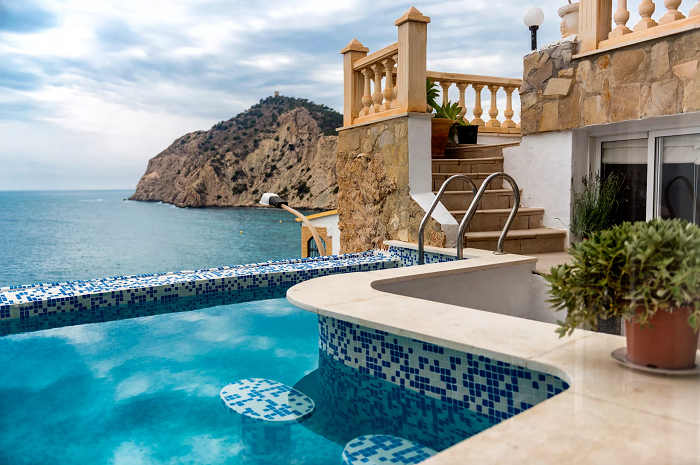It’s no secret that there are currently a lot of types of wallpaper. These include paper, fabric, and vinyl. There is also a special glue for each type of wallpaper. However, the building materials market offers a universal type of glue, which is suitable for all types of wallpaper.
The most effective glue is the glue based on which methyl cellulose. However, such glue is expensive. There are cheap types of glue, they include polyvinyl acetate, which reduces the quality and stickiness of glue. The level of pH in the composition of the glue also affects adhesiveness, it should not be less than 6-7. However, if the level of pH exceeds these numbers, then in most cases the glue glue is visible through the wallpaper. Glue should not be liquid.
Before you start gluing wallpaper, the walls should be prepared. If there is wallpaper, then it is advisable to remove them. Since after gluing new wallpaper, they will move away from the walls with the old.
Dear friends, you want to download podcasts for free, then follow the link. There you can download podcasts for free.
Examine the walls, are there cracks. If there are such, then they should be thrown. If there were no wallpaper on the walls, but there was a regular whitewash, then it should be washed off with water. Walls painted with paint or enamel, it is recommended to go out with sandpaper. The cut tape of wallpaper should have a supply of 5 cm, since after drying the wallpaper has the property of “shrinkage”. If this does not happen, then the excess can simply be cut off with a knife or a razor.
The glue on the wallpaper is applied from the center to the periphery and is left for up to 10 minutes so that the wallpaper is saturated and become soft. In the meantime, the surface of the walls should be primed with more liquid glue. The usual primer is not suitable, since the glue will not be able to penetrate the wall.
Removing bloating and bumps is better for a roller. The fabric is used in gluing paper wallpaper.
The process of gluing wallpaper passes in the direction of the light so that the shadow does not interfere with your work. If you are overlapping, then the edges of the wallpaper must be carefully lubricated so that the seams are not visible.
Particular attention should be paid to gluing wallpaper in the corners. It is recommended to glue the corners so that the wallpaper cannot be lagged behind the wall. Places of sockets and switches are glued in a special way. The casing is removed from the outlet, the wallpaper is glued, and then the place of the outlet is cut, then the casing is screwed again. Most of the wallpaper is glued with closed windows, this does not apply to vinyl. The wallpaper sheet is glued from top to bottom. The technique of the wallpaper stickers is very light, however, there are tricks in this matter. Given all the nuances you can make a work of art from an ordinary room.








Leave a Reply